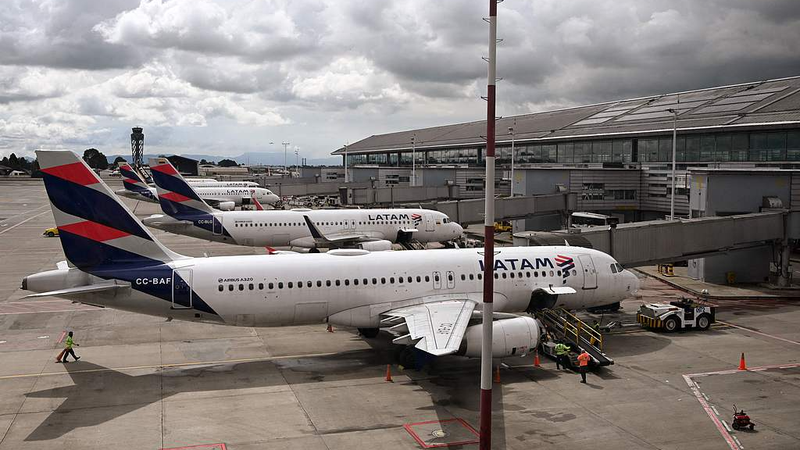On the morning of July 4, communities along the Guadalupe River in Kerr County, Texas, faced a sudden surge of floodwater that transformed familiar landscapes into dangerous torrents. In just 45 minutes, heavy rains pushed the river to rise over eight meters, sweeping away trees, debris and sections of roadway.
Four main factors combined to amplify the impact:
- Rugged, low-lying terrain: Kerr County's rocky hills and valleys funnel water into narrow channels, making it one of the most flash flood-prone regions in the United States.
- Intense rainfall: A historic downpour dumped unprecedented volumes of water—over 8 meters in river height—within an hour of storm onset.
- Weak warning systems: Many residents and summer-camp volunteers received alerts only moments before floodwaters engulfed campsites and riverbanks, leaving little time to react.
- Limited flood infrastructure: Along a 10-kilometer stretch, riverbanks rely on natural vegetation and rock rather than engineered barriers, allowing water to overflow easily.
As of Monday, local authorities report 104 confirmed deaths with dozens still missing. Search and rescue teams entered a fourth day of operations, combing through debris and navigating submerged roads to locate survivors.
Beyond the human toll, the disaster raises questions about preparedness in regions where extreme weather is becoming more frequent. Experts say smarter early-warning networks, improved flood defenses and community education could help reduce risks in other flash-flood hotspots around the world.
For travelers and digital nomads exploring nature's beauty, checking local flood alerts and terrain risks can be a lifesaver. In Kerr County, the dramatic failure of existing systems serves as a cautionary tale: when weather moves fast, every minute counts.
Around the world, entrepreneurs and engineers are leveraging sensor networks and app-based alerts to provide hyperlocal flood warnings—even while people sleep—to help communities respond faster when every minute counts.
Reference(s):
Terrain, intense rain, weak warnings among catalysts to Texas floods
cgtn.com



